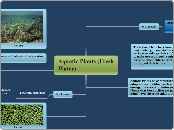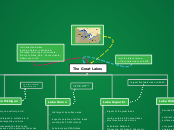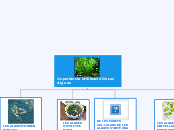by Alister Aroza 13 years ago
14685
Adaptations of Aquatic Plants
Freshwater aquatic plants exhibit various structural and behavioral adaptations to maximize their access to light for photosynthesis. These plants, depending on their habitat within a pond, have evolved distinct features to thrive.









